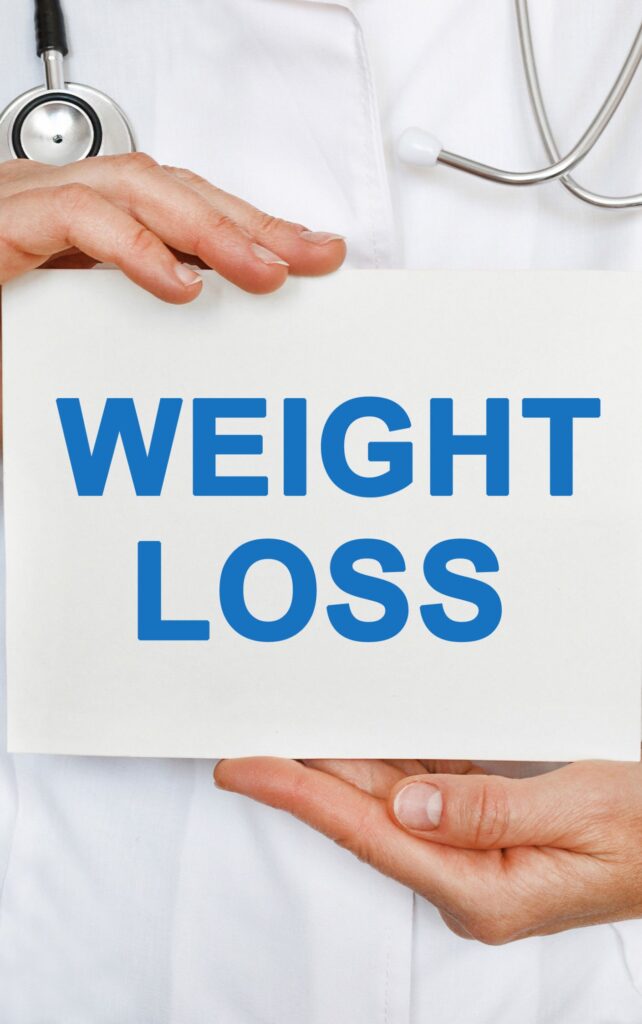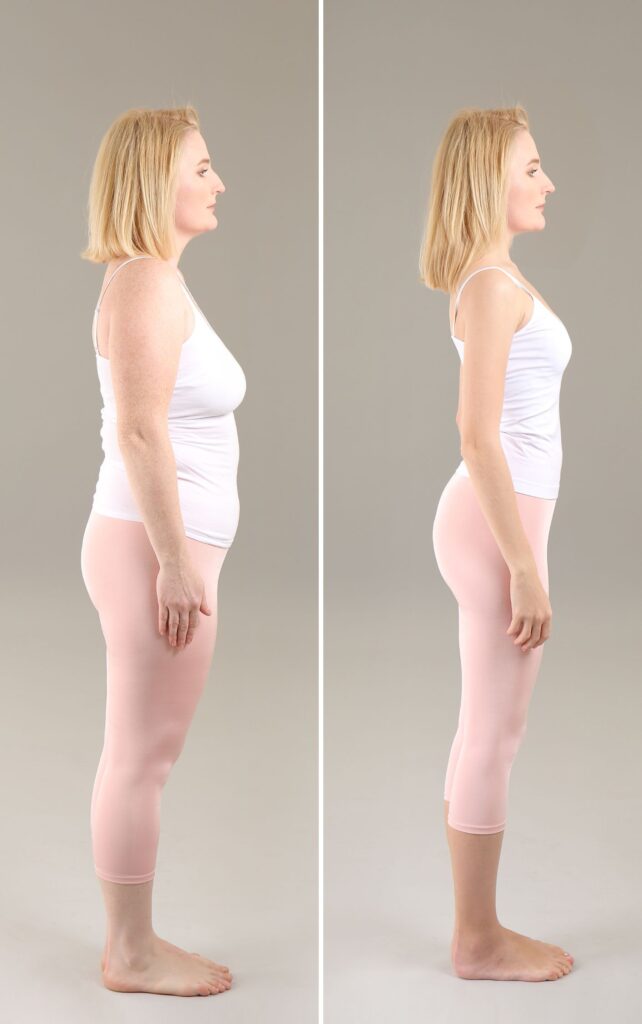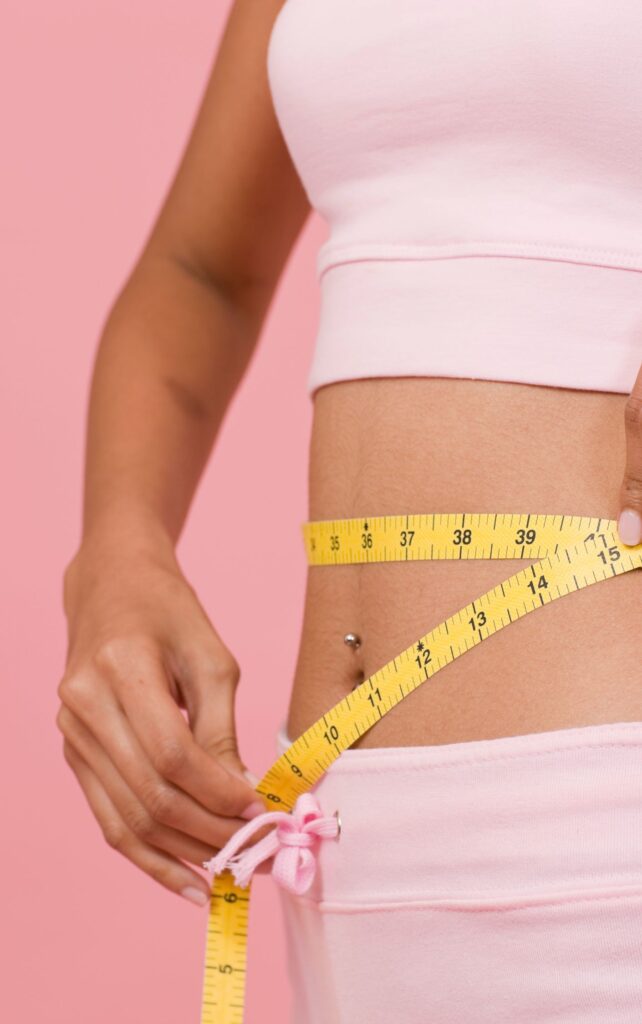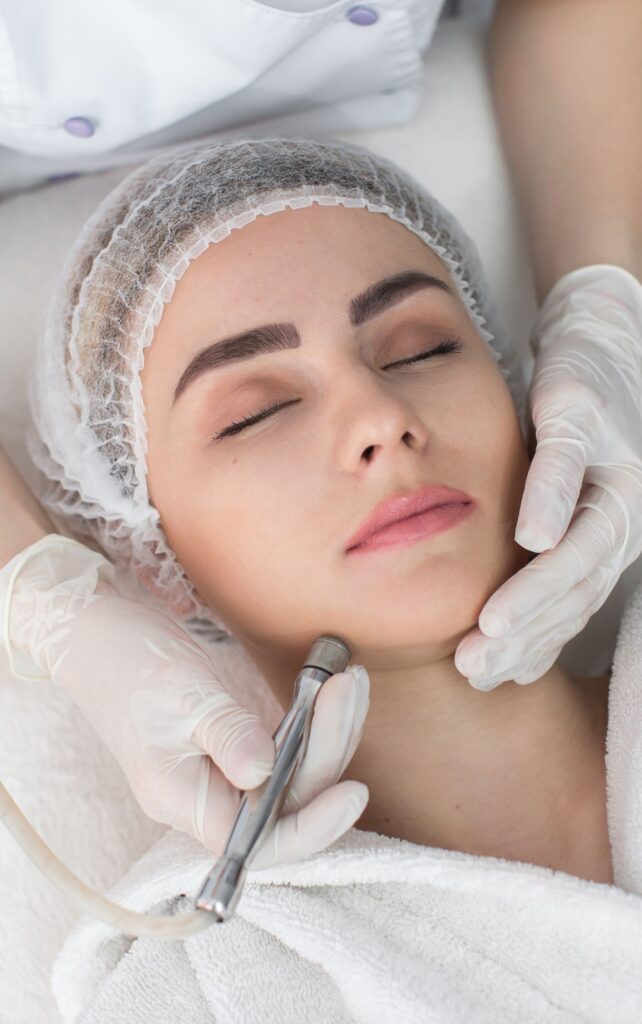Learning What Medical Weight Loss Is and Is Not

It is easy to dismiss the term “medical weight loss” as the latest fitness fad in a long line of fitness fads. Unlike many fitness journeys and diet crazes, medical weight loss is not some magical solution that works in the blink of an eye. This particular type of weight loss is based on two […]
How Successful Non-Surgical Weight Loss Can Be

Getting in shape might be difficult, but it is not impossible thanks to a plethora of non-surgical weight-loss aids. Commercial diets are often the first step in the weight loss journey for many people. Non-surgical weight loss methods may help when dieting and other personal efforts fail. Non-surgical weight loss therapies are typically effective, non-invasive, […]
3 Ways a Doctor Can Help You With Weight Loss

Medical professionals are great resources when it comes to weight loss. They undergo medical training that allows them to help individuals who are struggling with their weight. There is a common misconception that only those wanting to lose a large amount of weight can visit a doctor for help. However, that is not true. Anyone […]
What is Non-Surgical Weight Loss?

Non-surgical weight loss is a great way to rid the body of unwanted fat. It is considered to be an alternative to surgical weight loss, and it offers many benefits that surgery does not. When considering different ways to lose weight, it can be helpful to explore all the available options in-depth so that there […]
Non-Surgical Weight Loss Options

Considering non-surgical weight loss but not sure where to start? Thankfully, there are plenty of options to explore as modern-day medicine has continued to evolve at a rapid rate. Working with a general practitioner is the best place to start, as these medical professionals are experts in preventive medicine, restorative age management, and non- surgical […]
Nutritional Counseling as Part of a Non-Surgical Weight Loss Plan

Nutritional counseling is an essential part of a non-surgical plan to lose weight. Obesity can cause chronic diseases. Some people may not be good candidates for weight loss surgery. Your doctor may suggest counseling. This is a common part of a non-surgical weight loss plan. Here are the details on how nutritional counseling helps non-surgical […]
Non-Surgical Weight Loss With Lipotropic Injections

Non-surgical weight loss is possible through lipotropic injections. People often try conventional and even alternative ways to lose weight. Many of them fail to achieve their weight loss goals despite their many efforts. This can be frustrating if they cannot have weight loss surgery. Weight loss injections may be the answer to the weight problem. […]
How Juvederm® Can Help You at a Medspa

Juvederm® is a type of injectable hyaluronic acid-based dermal filler that is used at a medspa to both correct facial wrinkles and folds and add volume to the lips and cheeks. This minimally invasive treatment option does not require anesthesia and often takes between 15 and 60 minutes to complete. Patients often notice the effects […]
How a Weight Loss Center Will Use B6 Injections

A B6 injection can help with your weight loss goals. Studies show that losing weight depends on your exercise routine and diet. Selected minerals and vitamins can help you shed extra pounds. One of them is vitamin B6. If you want to know how a B6 injection can help you reach your goal weight, here […]
Vitamin Shots to Improve Your Health

Vitamin shots can give you a much-needed metabolism and energy boost when you are feeling fatigued and rundown. It is a practice that is popular with many busy celebrities and entertainers who cannot afford to miss work or an appearance just because they feel tired. Taking vitamin shots is a quick procedure that can give […]



